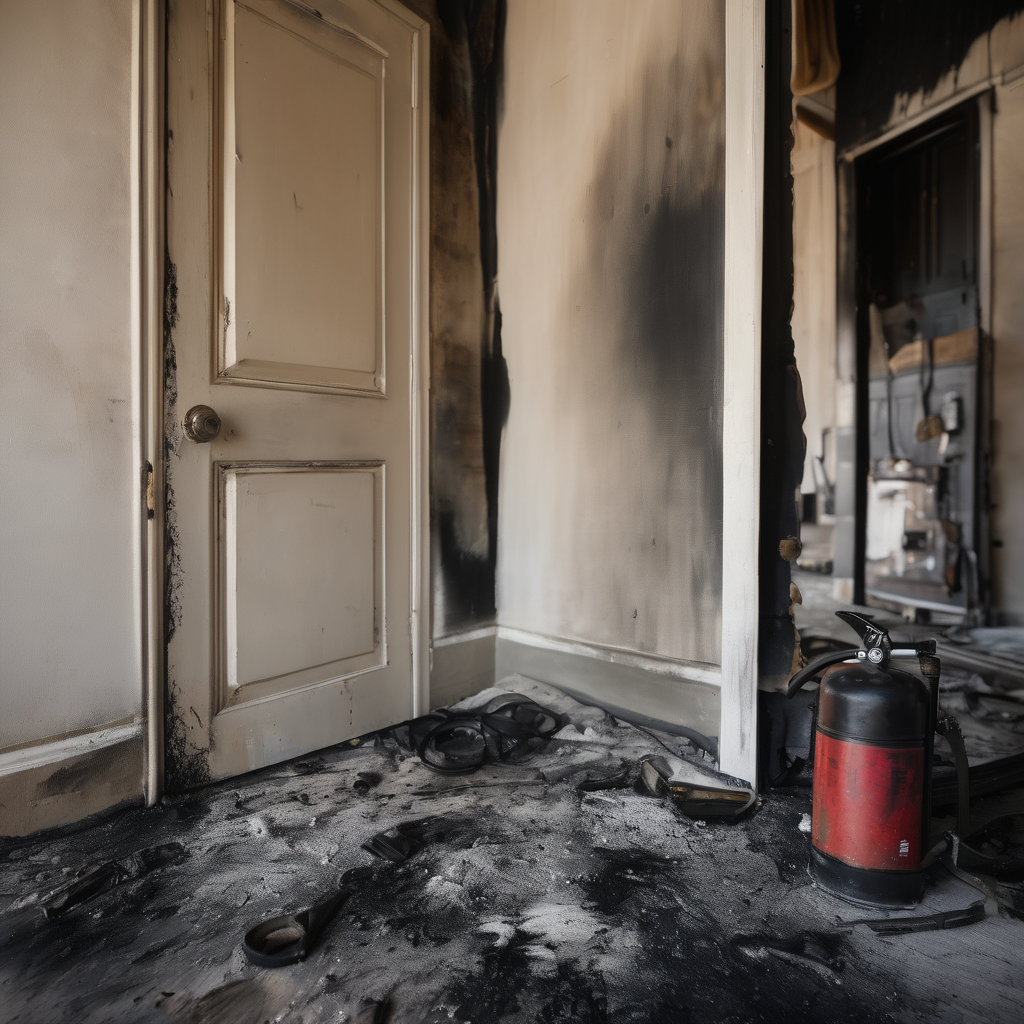Shock and anger have enveloped Hong Kong following the catastrophic fire that engulfed a subsidized housing estate on Wednesday, leaving at least 128 people dead and many others critically injured. The disaster has sparked outrage, with many residents and community members decrying it as a “man-made disaster.” Investigations have revealed that substandard materials, including mesh and plastic sheets, may have contributed to the swift spread of the flames, which lasted for over a day.
As firefighting efforts have concluded, numerous residents remain unaccounted for, raising deep concerns about safety and accountability. Three individuals overseeing renovations at Wang Fuk Court have been arrested on manslaughter charges, while authorities have initiated a corruption inquiry to scrutinize the circumstances surrounding the renovations.
In the aftermath of the fire, social media is flooded with posts questioning the preparedness of the building. Many residents have recounted how the fire alarms failed to activate during the incident, allegedly due to them being turned off amid ongoing renovation work. Kiko Ma, a resident who visits the estate from Canada, expressed her anger, stating, “This was preventable… A lot of people did not do their duties,” and criticized the renovation firm for using “poor quality, flammable materials.” Residents also reported seeing construction workers smoking near the building, raising further concerns regarding fire safety protocols.
This disastrous blaze marks Hong Kong’s deadliest fire in over six decades, surpassing the tragic Sham Shui Po incident of 1962, which claimed 44 lives. Wang Fuk Court, composed of eight 31-story buildings constructed in the 1980s, housed approximately 4,600 residents, with a significant portion being elderly individuals. The fire department indicated that the rescue operations were hampered by extreme temperatures, risk of structural collapse, and the cramped living spaces typical of the city’s densely packed housing.
In light of this tragedy, hundreds of displaced residents are being provided temporary shelter, and emergency housing arrangements are underway. The investigation will also focus on whether the construction materials used during renovations complied with fire safety regulations. Experts have pointed to the bamboo scaffolding commonly seen throughout Hong Kong, suggesting that it might have exacerbated the inferno. While this traditional scaffolding method has long been favored for its cost-effectiveness, recent proposals aim to transition to fire-resistant steel scaffolding, underscoring the urgent need for improved safety measures.
As the community mourns its losses, the hope remains that this tragedy will prompt significant changes in safety regulations and oversight, ensuring that no similar incidents occur in the future.
